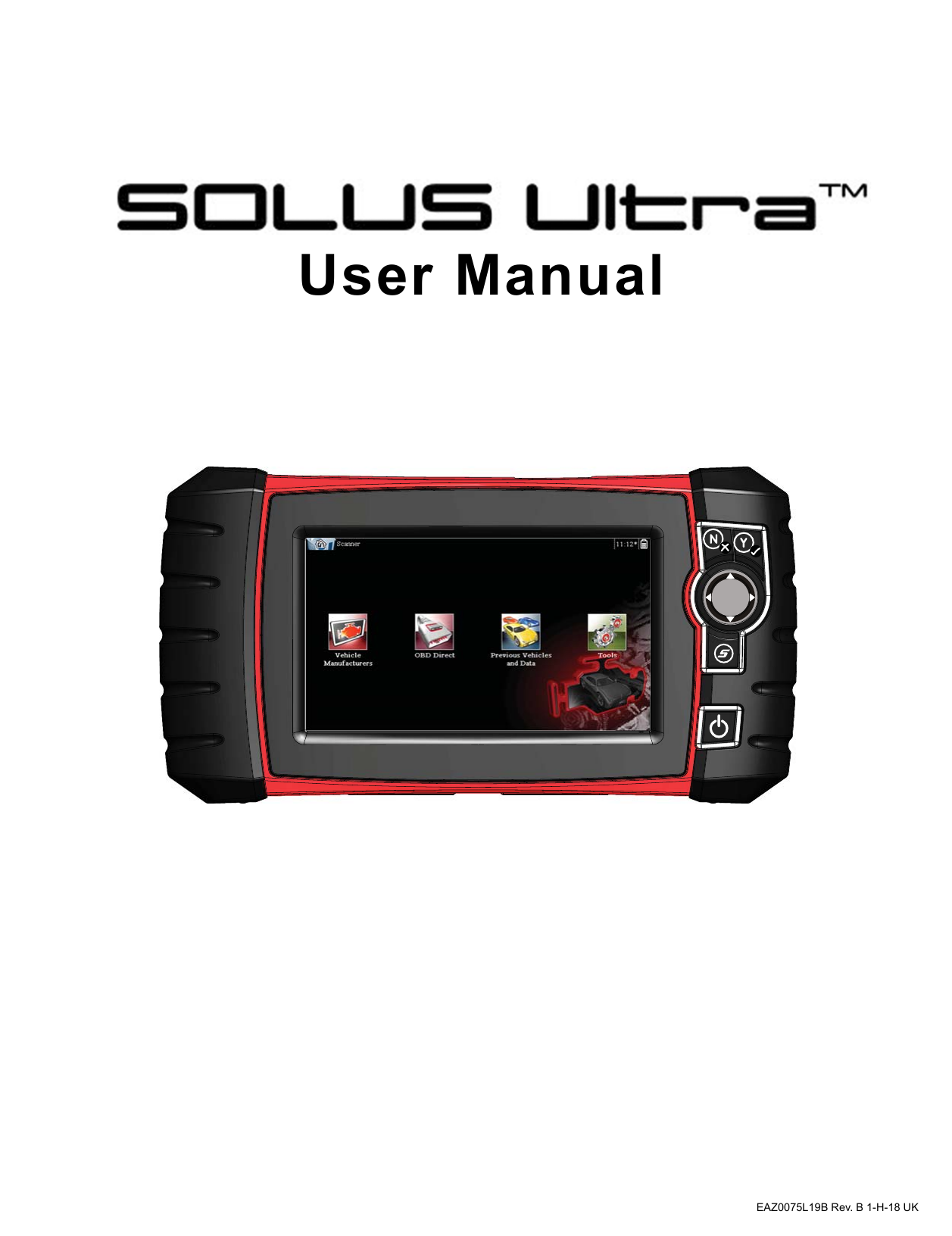



Unreliable measurement readings often cause misdiagnosis and unsuccessful fault finding. It is reliant on touch alone with the amount of pressure/ resistance varying when subjected to vibration etc. There is high risk of a weak and unreliable connection as the probe is inserted through the back of a connector without certainty of creating a secure and positive connection. Back Probing is often associated with unreliable and poor electrical connections.New connectors aren’t particularly costly but they can be difficult to accurately identify and source with thousands of variations on the market. Damage to the weather seals encourages ingress of moisture and dust that leads to corrosion and eventually results in connection and signal failure. Back Pinning often damages the weather seals on the connector or the internal terminal.To mitigate warranty complications many use designated breakouts that comply and prevent loom damage. Back-pinning may invalidate the manufacturers warranty on wiring looms and connectors. Circuit damage can be costly in added time and loom replacements. The damage can be difficult to trace and further complicates the diagnosis. If used without care or having test leads attached to the Back Pin can often cause adjacent probes to touch each other, resulting in a short circuit and circuit damage.What are the Disadvantages of Back-Pin Probing? They are versatile, cost effective and useful across different vehicle models and manufactures.ģ. Connections are made without the need of specific connector breakouts. Technicians are able to test and measure a wide range of automotive connectors with Back-Pin probes.Replacing damaged pins is fairly easy and cost effective preventing the replacement of the whole probe. Many Back-Pin probes offer the capability to replace broken or damaged pins at the front of the probe.This safe guards wire insulation integrity and prevents comprising vehicle looms performance and longevity.



 0 kommentar(er)
0 kommentar(er)
